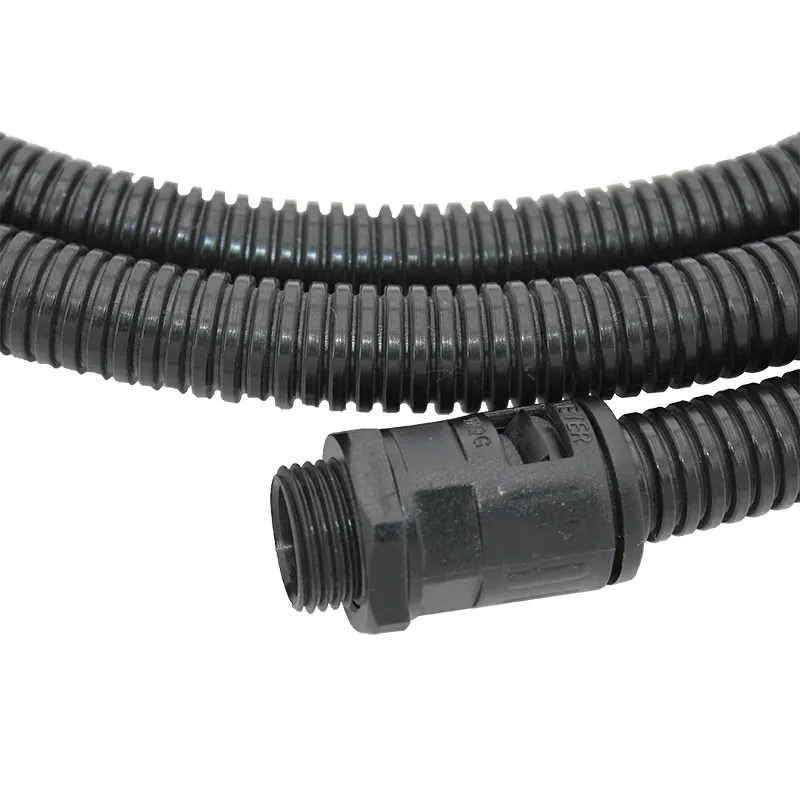open cable chain
Understanding Open Cable Chains Structure, Function, and Applications
Open cable chains are integral components in various machinery and automation systems, providing an effective solution for managing cables, hoses, and other flexible lines. As technology continues to advance, the design and application of these systems have become increasingly sophisticated, addressing the demands of modern engineering environments. This article explores the structure, function, and diverse applications of open cable chains, shedding light on their importance in today's industrial landscape.
Structure of Open Cable Chains
Open cable chains, also known as cable carriers or drag chains, are typically composed of interconnected links that form a flexible structure capable of guiding and protecting cables and hoses. The design of these chains allows for unrestricted movement, enabling them to accommodate various cable lengths and types.
The links are often made from durable materials such as plastic or metal, which provide both strength and flexibility. The most significant characteristic of open cable chains is their open design, which allows easy access for cable insertion and removal. This feature is particularly beneficial during maintenance or upgrades, as it simplifies the process of managing the cabling system.
Functionality and Benefits
The primary function of open cable chains is to organize and protect cables from mechanical wear, friction, and abrasion. In environments where cables are subject to movement, the risk of damage increases significantly. Open cable chains help to mitigate this risk by guiding the cables along a predetermined path, reducing the likelihood of tangles and entanglements.
Moreover, these chains facilitate smooth movement in applications with dynamic operations, such as CNC machines, robotics, and conveyor systems. By providing a consistent and reliable route for cables, open cable chains enhance the overall efficiency of the machinery and can lead to longer service life for the cables themselves.
Some notable benefits of open cable chains include
1. Flexibility Open cable chains can adapt to various applications, whether in industrial machinery, cranes, or automotive systems. 2. Ease of Installation The simple design allows for quick and straightforward installation, reducing downtime during setup or maintenance.
3. Cost-Effectiveness By preventing cable wear and damage, open cable chains can lower maintenance costs and reduce the need for frequent replacements.
open cable chain

4. Directional Versatility These chains can accommodate horizontal, vertical, or multi-dimensional movements, making them suitable for complex machine designs.
Applications of Open Cable Chains
Open cable chains find extensive applications across various industries, reflecting their versatility. Some common uses include
- Manufacturing In automated production lines, open cable chains manage the power and signal cables of robotic arms and machinery, ensuring efficient operation.
- Construction In cranes and heavy machinery, they guide control cables and hydraulic hoses, enhancing safety and functionality.
- Electric Vehicles (EVs) As the automotive industry shifts toward electrification, open cable chains play a crucial role in managing the electrical systems within EVs.
- Medical Equipment In medical devices, where precision and reliability are paramount, open cable chains organize and protect the intricate wiring systems.
- Aerospace In aircraft systems, the lightweight and durable nature of open cable chains helps manage wiring while ensuring compliance with stringent safety regulations.
Conclusion
Open cable chains represent a significant advancement in managing and protecting cables and hoses in dynamic environments. Their flexible design, ease of installation, and numerous applications make them an essential component in modern engineering and manufacturing. As industries evolve and require more complex machinery, the use of open cable chains will likely expand, further demonstrating their importance in today’s technology-driven world. Understanding their structure, functionality, and wide-ranging applications is crucial for engineers and designers committed to optimizing machinery and ensuring efficient operations across various sectors.








